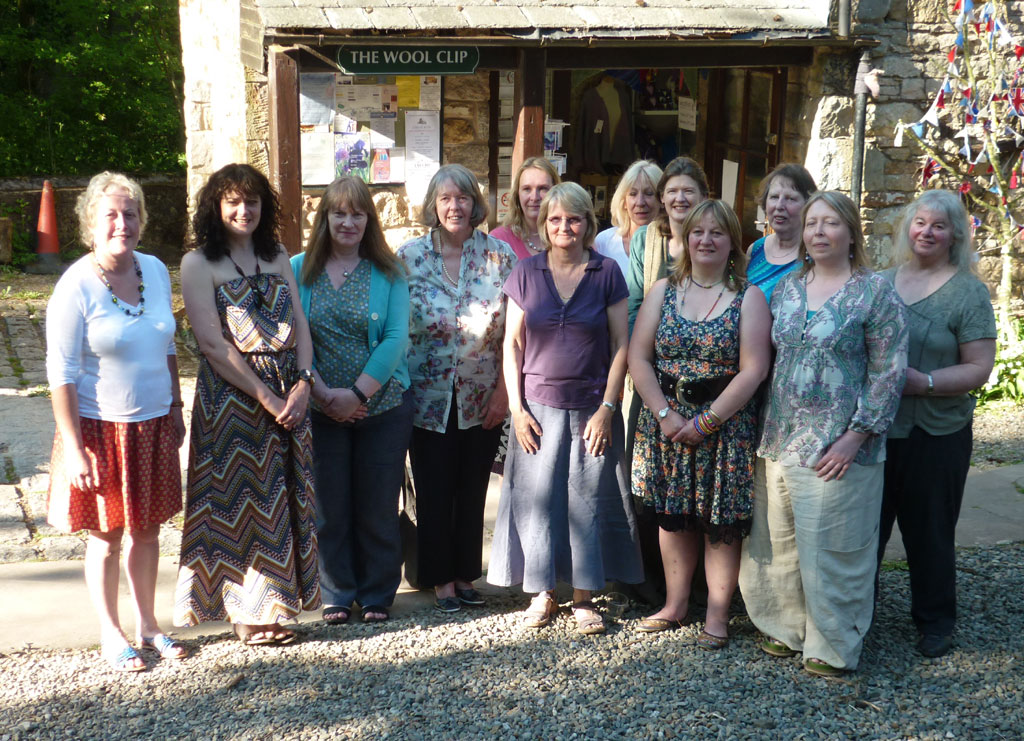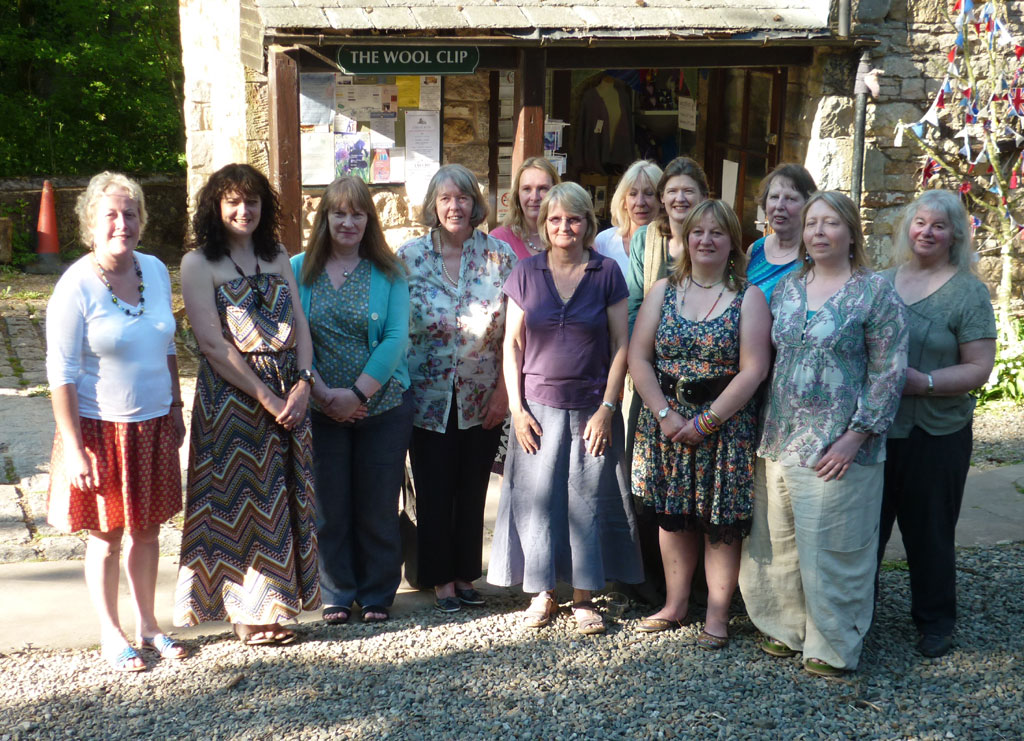
Today’s WOVEMBER WORDS come from Wordsworth who gives a wondrous picture of the place of WOOL in Lakeland life in the early nineteenth century. Originally published anonymously in 1810 as an introduction to Wilkinson’s “Select Views in Cumberland, Westmoreland and Lancashire”, Wordsworth’s “Guide to the Lakes” was later revised and edited by the author and published in 1835. I think it is lovely to connect this text with the fantastic contemporary culture of WOOL practiced by The Wool Clip and its wondrous members, whom we have mentioned here before.
The storms and moisture of the climate induced them to sprinkle their upland property with outhouses of native stone, as places of shelter for their sheep, where, in tempestuous weather, food was distributed to them. Every family spun from its own flock the wool with which it was clothed; a weaver was here and there found among them; and the rest of their wants were supplied by the produce of the yarn, which they carded and spun in their own houses, and carried to market, either under their arms, or more frequently on pack-horses, a small train taking their way weekly down the valley or over the mountains to the most commodious town. They had, as I have said, in their rural chapel, and of course their minister, in clothing or in manner of life, in no respect different from themselves, except on the Sabbath-day; this was the sole distinguished individual among them; everything else, person and possession, exhibited a perfect equality, a community of shepherds and agriculturists, proprietors, for the most part, of the lands which they occupied and cultivated.
– William Wordsworth, A Guide Through the district of The Lakes in the North of England, published in 1835 and reproduced and republished with an introduction by W. M. Merchant by Rupert Hart-Davis, Soho Square London, 1951
